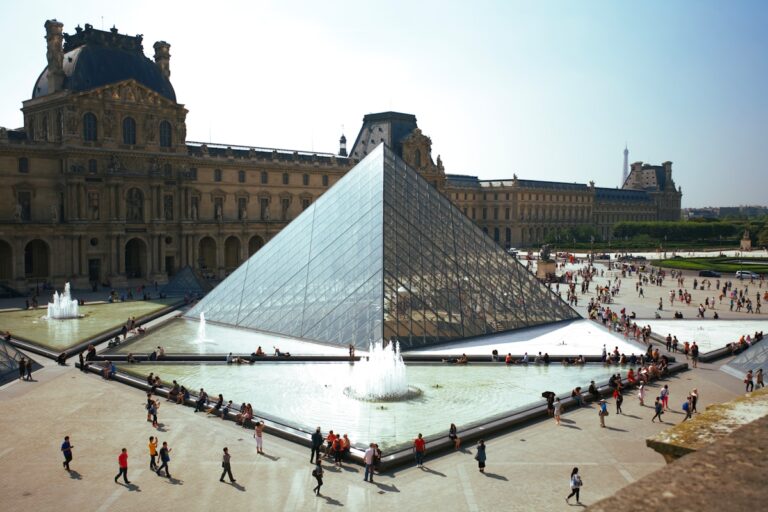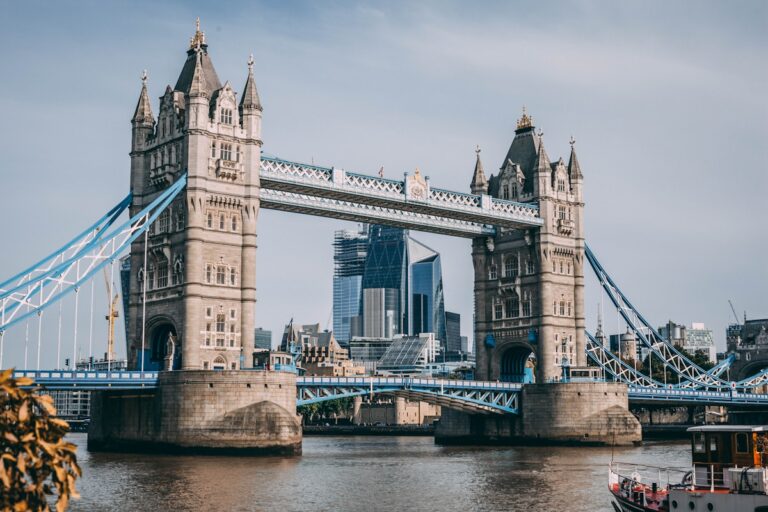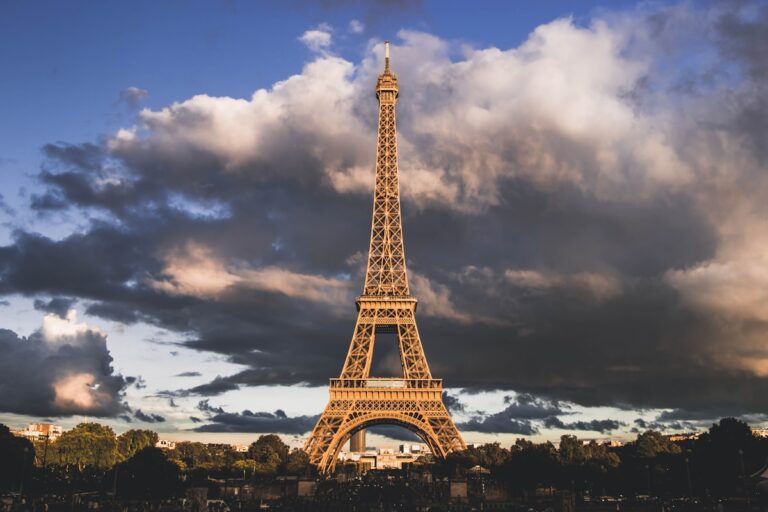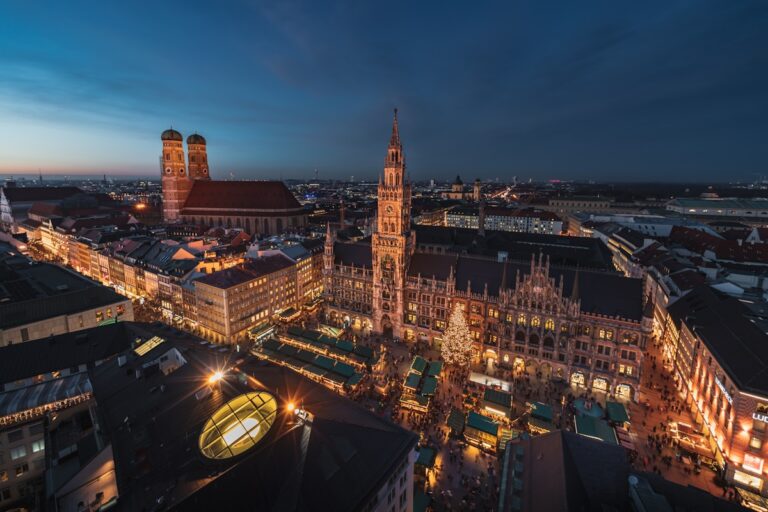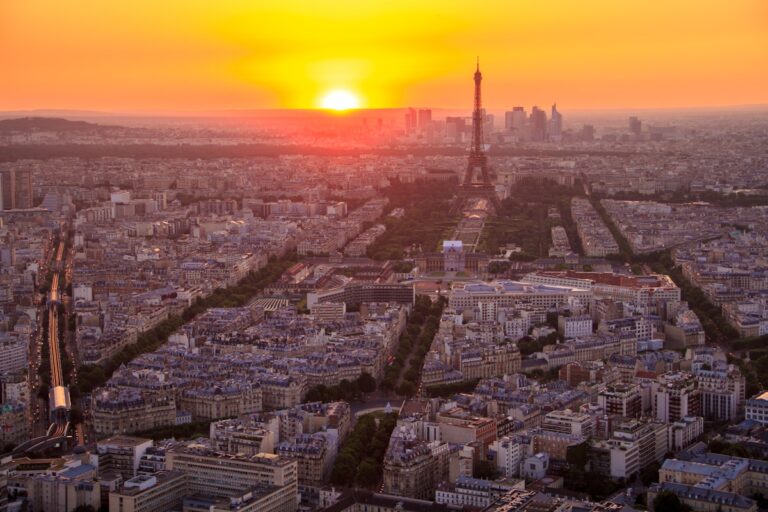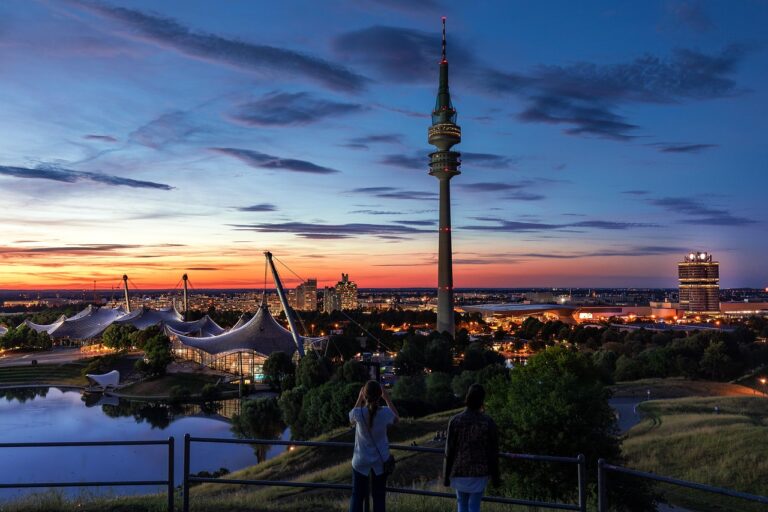Barcelona Travel Tips: Things to Know Before Traveling to Barcelona
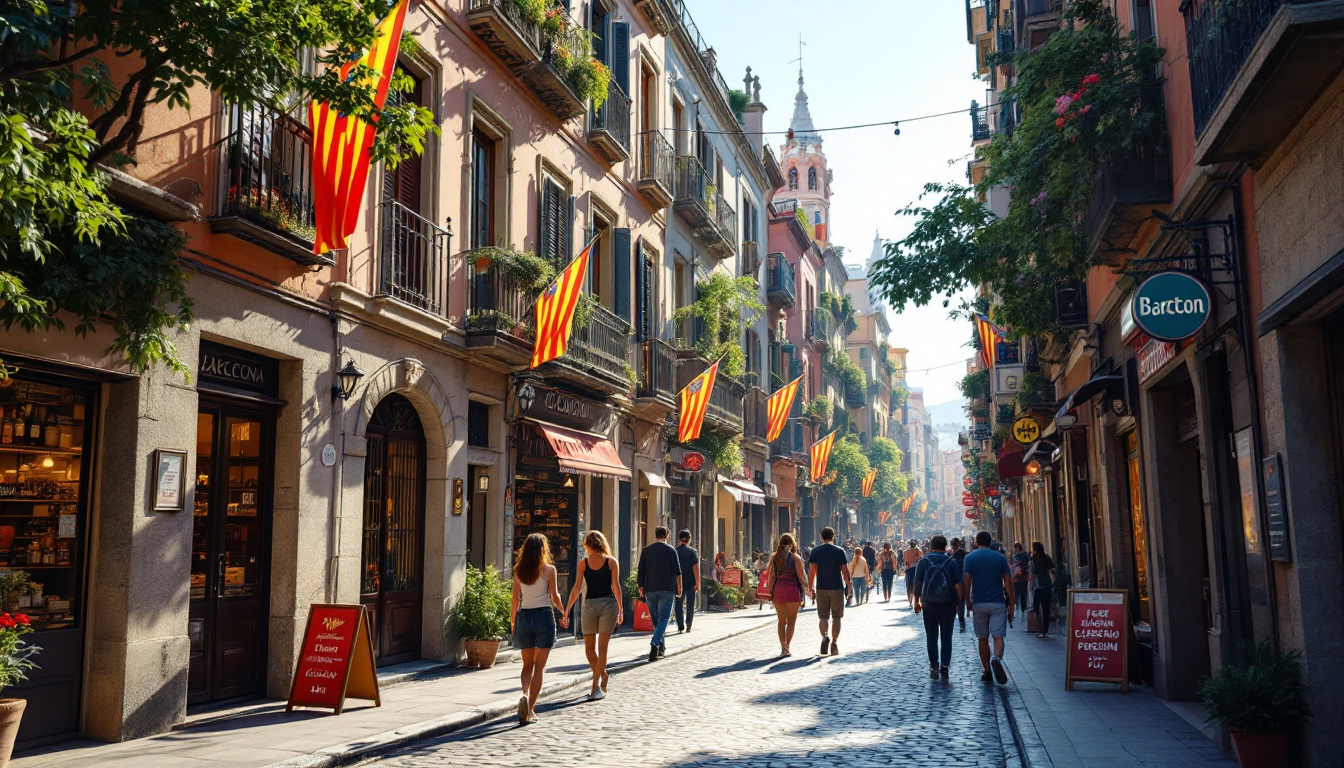
Planning Your Barcelona Trip: Key Things to Know – Barcelona beckons with its architectural wonders and lively street life, but savvy travelers know that preparation makes all the difference.
- Essential Context for Your Barcelona Trip
- What Is Barcelona Like for Tourists and Culture Seekers
- Why Is Barcelona Important to the Identity of Spain
- Understanding Barcelona tourism for families, couples, or solo travelers
- Deciding if it’s worth adding to your Spain itinerary
- Visiting Barcelona: Safety, Etiquette, and Local Customs
- Tips for staying aware in busy city areas
- Barcelona Neighborhoods considered safer for visitors
- When, where, and how much to tip in restaurants or taxis
- Spanish norms for politeness and table manners
- Choosing the Best Time and Duration for Your Visit to Barcelona
- Popular festivals and how they affect crowds
- Considering off-peak vs. peak travel periods
- Suggestions for short vs. extended stays
- How long to stay in Barcelona if planning side trips
- Language, Culture, and Everyday Life in Barcelona
- Differentiating between Spanish and Catalan
- Tips for basic greetings and local phrases
- Is Barcelona a Walkable City for tourists
- Using public transport to navigate effortlessly
- Budgeting, Accommodation, and Practical Tips When Traveling to Barcelona
- Price ranges for lodging, dining, and daily expenses
- Where to find deals on flights and accommodations
- When to finalize plans for your Barcelona trip
- Checking for Barcelona travel deals or promotions
- Key Landmarks and Cultural Highlights in Barcelona
- Gaudí architecture (Sagrada Família, Park Güell) and city highlights
- Why these spots attract visitors from around the globe
- Brief historical note on Spain’s capitals
- The significance of Madrid vs. Barcelona’s roles
- Local Insights and Bonus Tips When Traveling to Barcelona
- Finding hidden gems in local neighborhoods
- Where to go for authentic Catalan cuisine
- Handling pickpockets, tourist traps, or language barriers
- Apps and resources that simplify your vacation in Barcelona
- Wrapping Up
This Catalan jewel operates on its own cultural rhythm—from late-night dinners to afternoon siestas.
Pickpockets lurk in tourist hotspots, yet locals warmly embrace visitors who attempt even basic phrases.
The city unfolds its true charm to those who venture beyond La Rambla, revealing secrets that guidebooks often miss.
Highlights
Hide- Barcelona experiences pickpocketing in tourist areas, so keep valuables secure and maintain awareness in crowded spaces.
- Dinner is typically served after 9 PM following the Spanish schedule, with restaurants often empty before this time.
- The city has two official languages—Catalan and Spanish—with basic phrases in either appreciated by locals.
- Pre-book tickets for major attractions like Sagrada Família and Park Güell to avoid long lines, especially during peak season.
- Public transportation is excellent and cost-effective, with multi-day passes available for metro, bus, and tram services.
Essential Context for Your Barcelona Trip
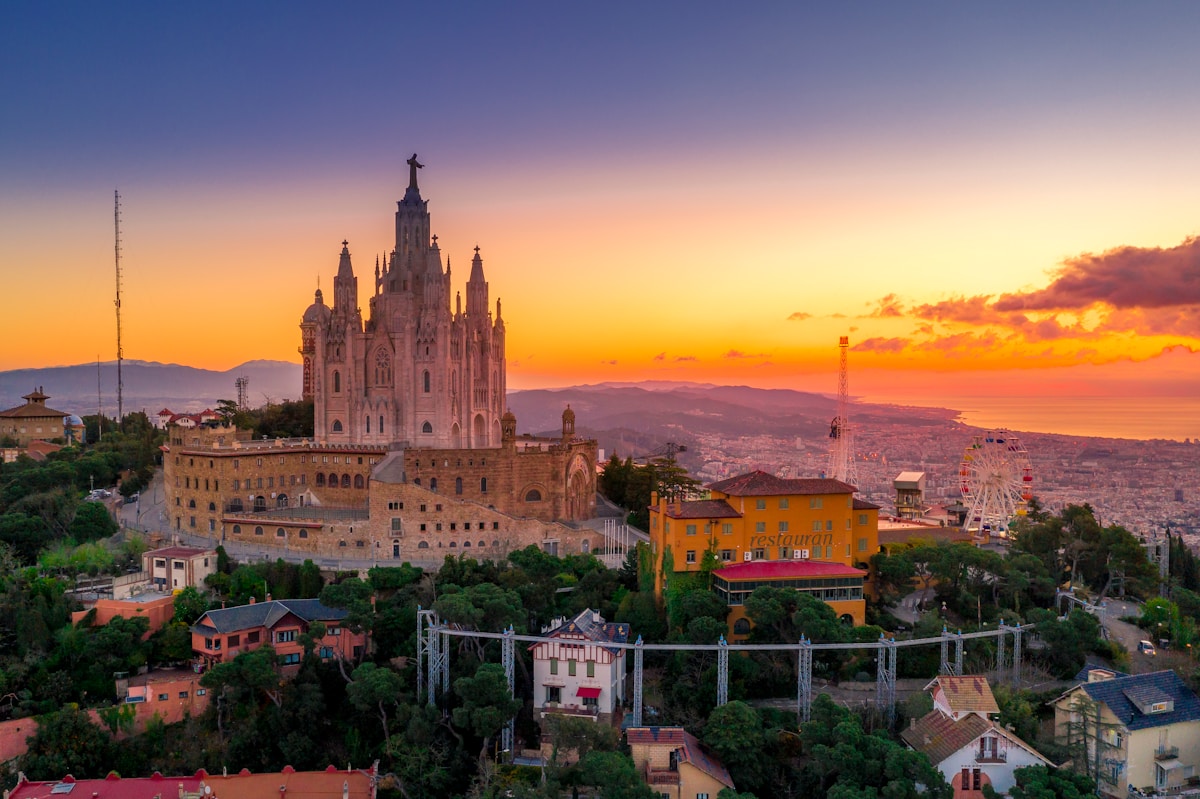
Barcelona beckons travelers of all kinds with its unique blend of artistic heritage, architectural wonders, and Mediterranean charm.
Whether you’re a culture enthusiast mesmerized by Gaudí’s fantastical creations, a food lover keen to sample tapas in bustling markets, or an urban explorer drawn to lively street life, this Catalan capital offers transformative experiences at every turn.
Families appreciate the city’s beach-meets-culture appeal, while solo travelers find Barcelona’s welcoming atmosphere and efficient public transport perfect for independent adventures.
Why Visit Barcelona and What Makes It Special
Barcelona, the lively Catalan capital, offers tourists an unmatched blend of stunning architecture, Mediterranean beaches, and a thriving cultural scene that captures Spain’s dynamic identity.
Visitors encounter Gaudí’s otherworldly creations alongside medieval Gothic quarters, creating a visual feast that spans centuries of artistic innovation.
For Spain, Barcelona represents the heart of proud Catalan traditions, with its distinct language, cuisine, and cultural expressions that both complement and challenge conventional Spanish identity.
What Is Barcelona Like for Tourists and Culture Seekers
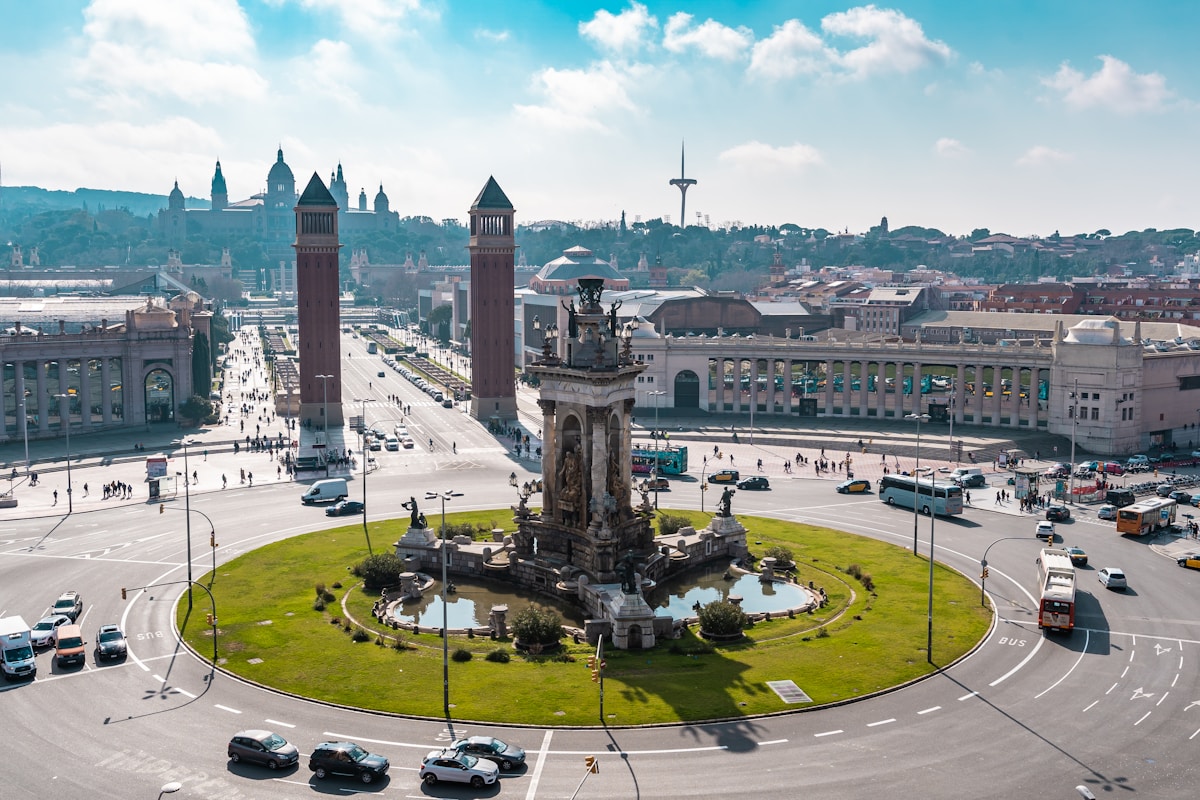
Few cities in the world blend artistic heritage, architectural wonders, and culinary delights quite like the Catalan capital.
Barcelona offers visitors an intoxicating mix of freedom and discovery.
What is Barcelona like? Experience it through:
- Colorful street life where locals and tourists mingle in plazas until dawn
- Artistic expression visible everywhere, from Gaudí’s masterpieces to alleyway graffiti
- Culinary adventures ranging from humble tapas bars to Michelin-starred innovators
Why Is Barcelona Important to the Identity of Spain
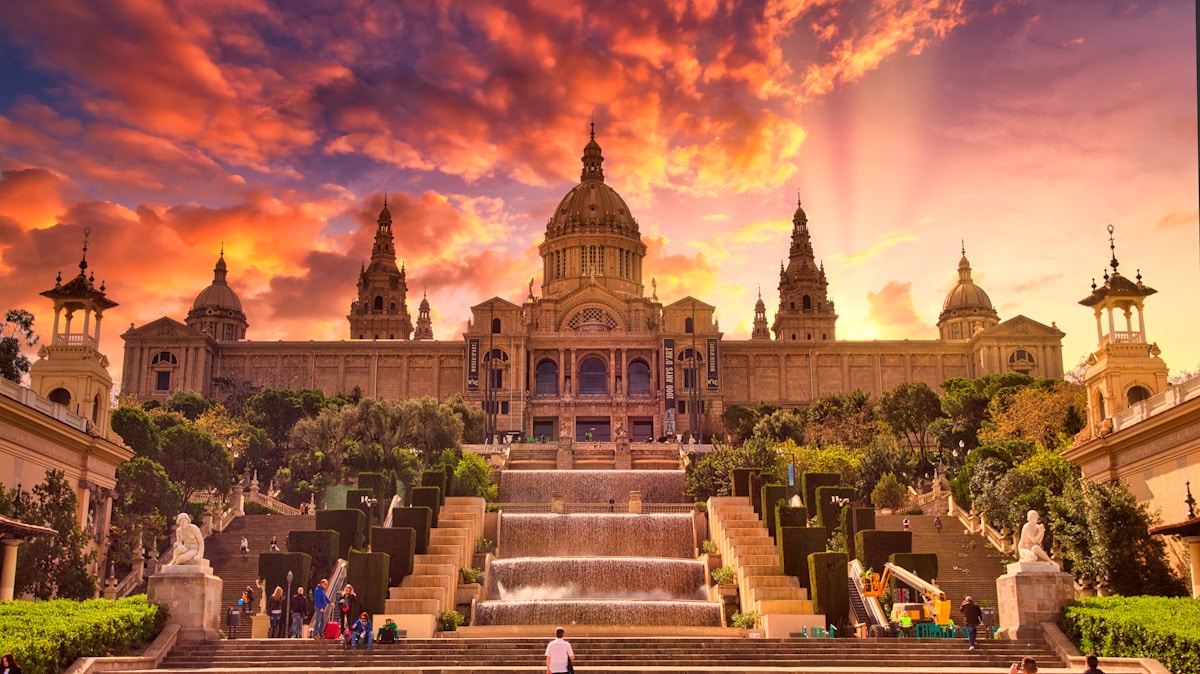
To understand the city that captivates millions of visitors each year, one must appreciate Barcelona’s distinctive role within Spain’s complex national identity.
As Catalonia’s proud capital, Barcelona embodies the region’s independent spirit, unique language, and cultural heritage.
Why is Barcelona important? It represents Spain’s beautiful contradictions—a place where ancient traditions and bold innovation coexist, creating an identity that’s quintessentially Catalan yet undeniably Spanish.
Is Barcelona a Good Place to Visit for Different Travel Styles
Barcelona adapts beautifully to every travel style, whether you’re exploring with curious children, seeking romantic moments with your partner, or charting solo adventures through its labyrinthine streets.
Families appreciate the city’s blend of beaches, interactive museums, and quirky architecture that captivates young imaginations, while couples can lose themselves in intimate tapas bars and moonlit walks along the Mediterranean.
Solo travelers find themselves welcomed into Barcelona’s social fabric, where communal dining experiences and walking tours create natural opportunities to connect with fellow wanderers and locals alike.
Understanding Barcelona tourism for families, couples, or solo travelers

Whether you’re planning a family adventure, a romantic getaway, or a solo expedition, Barcelona unfolds differently depending on your travel style.
- Families thrive in Barcelona’s interactive museums and beaches, with kid-friendly attractions like Park Güell offering both education and freedom to explore.
- Couples discover romance in Gothic Quarter’s intimate restaurants and sunset views at Bunkers del Carmel.
- Solo travelers connect easily through lively hostel scenes and walking tours!
Deciding if it’s worth adding to your Spain itinerary
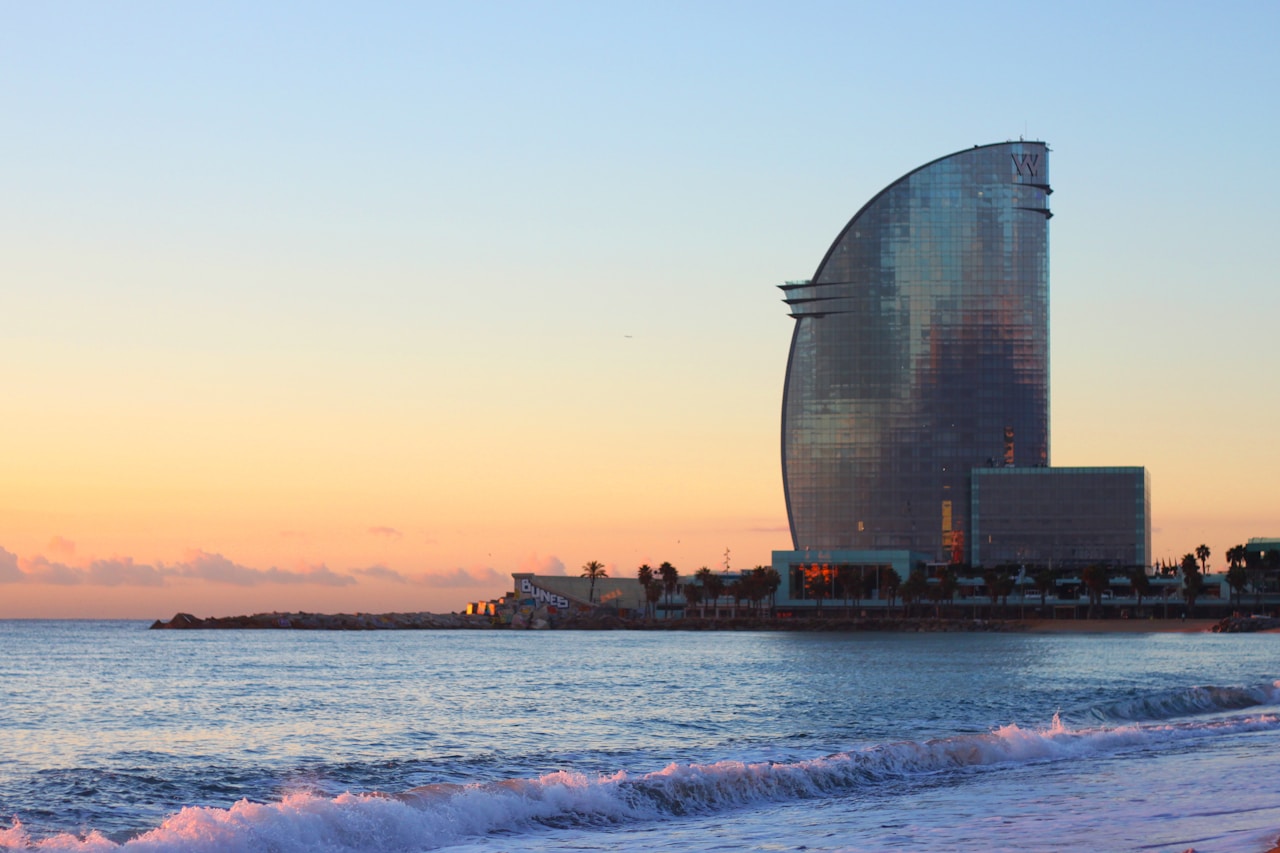
When travelers contemplate their Spanish adventure, the question inevitably arises: does Barcelona deserve a spot on the itinerary? The resounding answer is yes!
Barcelona’s distinctive blend of Gaudí architecture, Mediterranean beaches, and lively street life makes it worth visiting for any Spain itinerary.
The city offers a completely different flavor from Madrid or Andalusia, showcasing Spain’s remarkable regional diversity.
Visiting Barcelona: Safety, Etiquette, and Local Customs
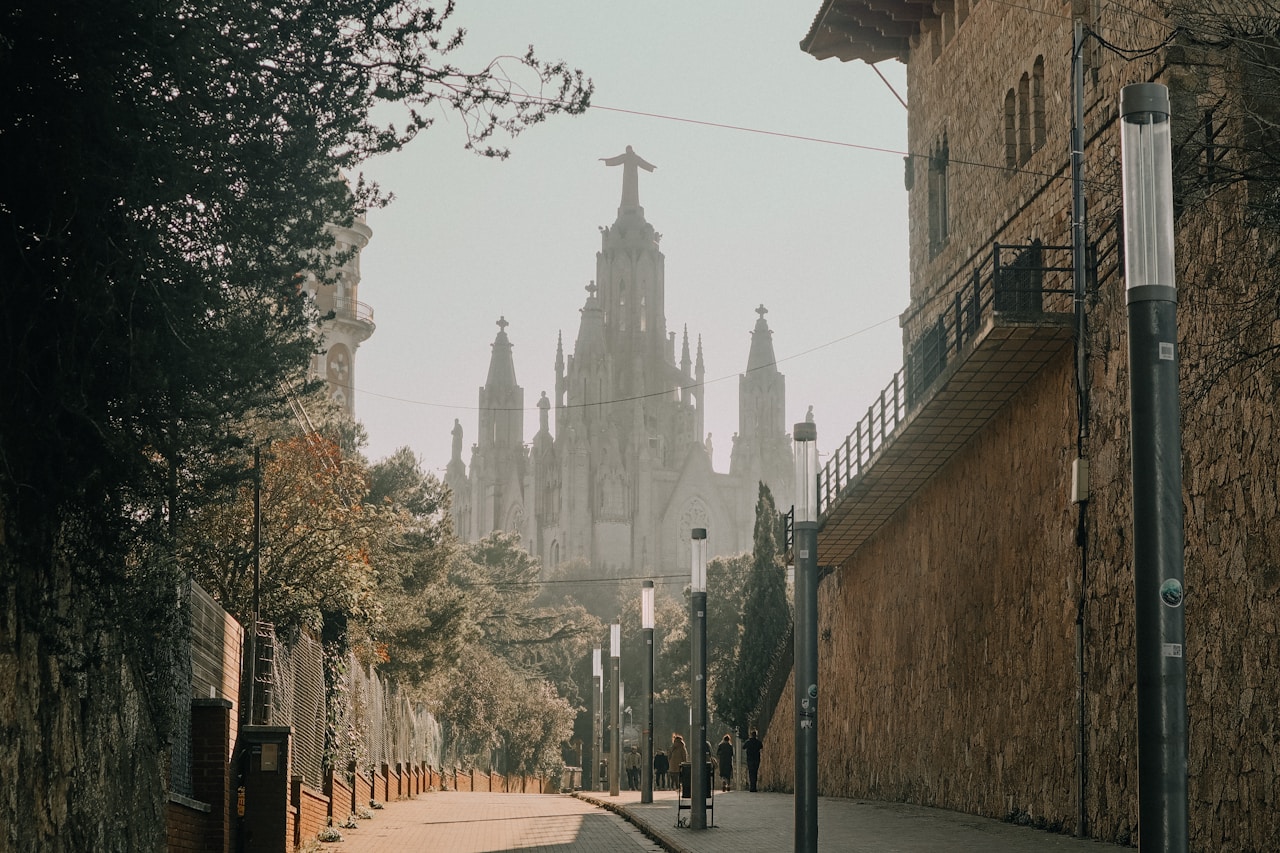
Barcelona welcomes visitors with open arms, offering a generally safe environment for tourists and solo female travelers, though standard urban precautions apply.
When it comes to tipping, locals typically round up the bill or leave small change rather than the 15-20% common in other countries—a cultural difference that reflects Barcelona’s relaxed approach to service gratuity.
Understanding these safety considerations and etiquette basics, such as greeting shopkeepers with a friendly “hola” when entering and respecting the city’s commitment to the Catalan language, will help you navigate Barcelona like a savvy insider!
Is Barcelona Safe for Tourists and Solo Female Travellers
Barcelona remains a generally safe city for tourists, though vigilance is essential in crowded spots like La Rambla, Plaça Catalunya, and metro stations where petty theft occasionally occurs.
Experienced travelers recommend staying alert, keeping belongings secure, and avoiding displaying expensive items—simple habits that dramatically reduce the risk of becoming a target.
For those seeking particularly secure environments, neighborhoods like Eixample, Gràcia, and the quieter parts of Barceloneta offer charming streets with lower incident rates and a more relaxed atmosphere for both solo female travelers and groups alike.
Tips for staying aware in busy city areas
Why do the busiest tourist areas often create prime opportunities for pickpockets and petty theft?
In crowded places like La Rambla and Sagrada Família, distracted tourists make easy targets.
Is Barcelona safe for tourists? Absolutely, with proper awareness!
- Keep valuables in front pockets or anti-theft bags
- Stay alert in metro stations and crowded areas
- Leave unnecessary documents in your hotel safe
Barcelona Neighborhoods considered safer for visitors
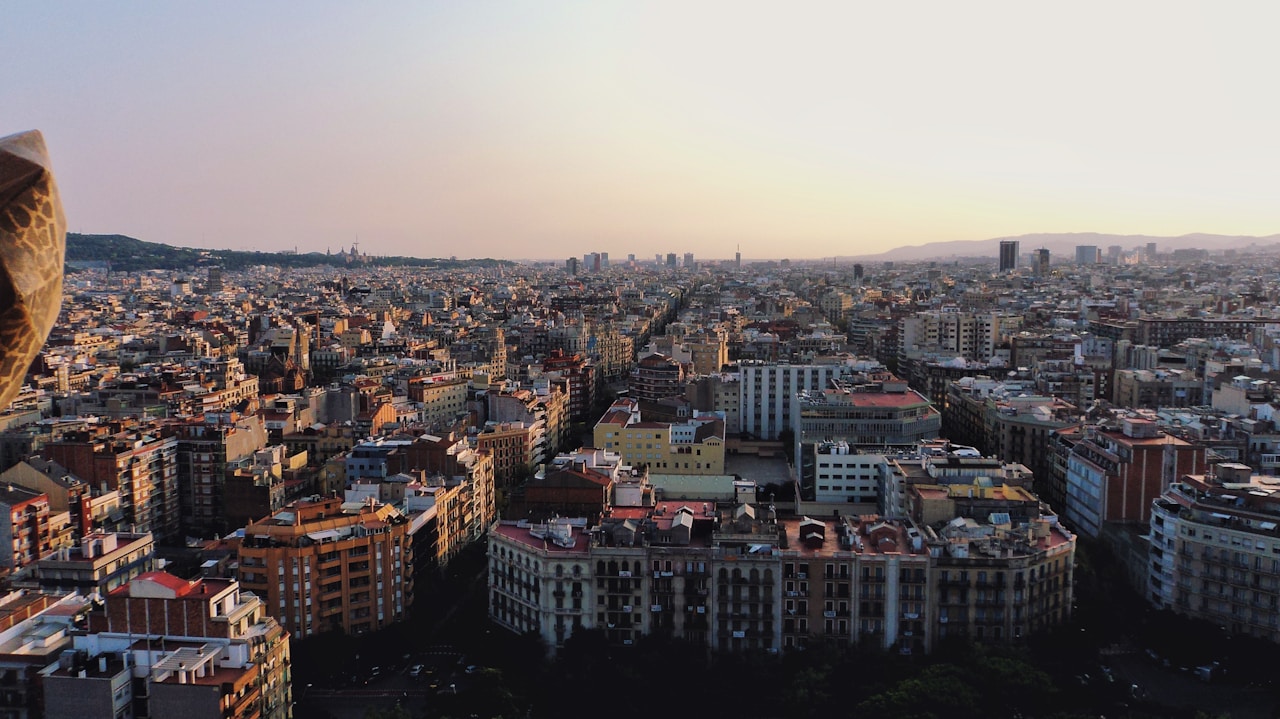
Across the diverse cityscape of Barcelona, several neighborhoods stand out as particularly welcoming havens for visitors seeking both safety and authentic experiences.
Eixample and Gràcia top the list for travelers, including those wondering “is Barcelona safe for solo female travellers?” These lively districts offer well-lit streets, community atmosphere, and plenty of locals enjoying evening strolls.
Poblenou and Sant Antoni are neighborhoods in Barcelona that provide similar security with fewer tourist crowds!
Tipping in Barcelona and Other Etiquette Basics
Unlike America’s tipping culture, Barcelona operates with a more relaxed approach—locals typically round up the bill or leave small change rather than calculating percentages.
In restaurants, a 5-10% tip for exceptional service is appreciated but never obligatory, while taxi drivers generally expect you to round up to the nearest euro.
Beyond tipping, Barcelona’s social etiquette centers around greeting others with a warm “hola” and embracing the relaxed pace of meals, where dinner rarely starts before 9 PM and rushing through courses is considered poor form.
When, where, and how much to tip in restaurants or taxis
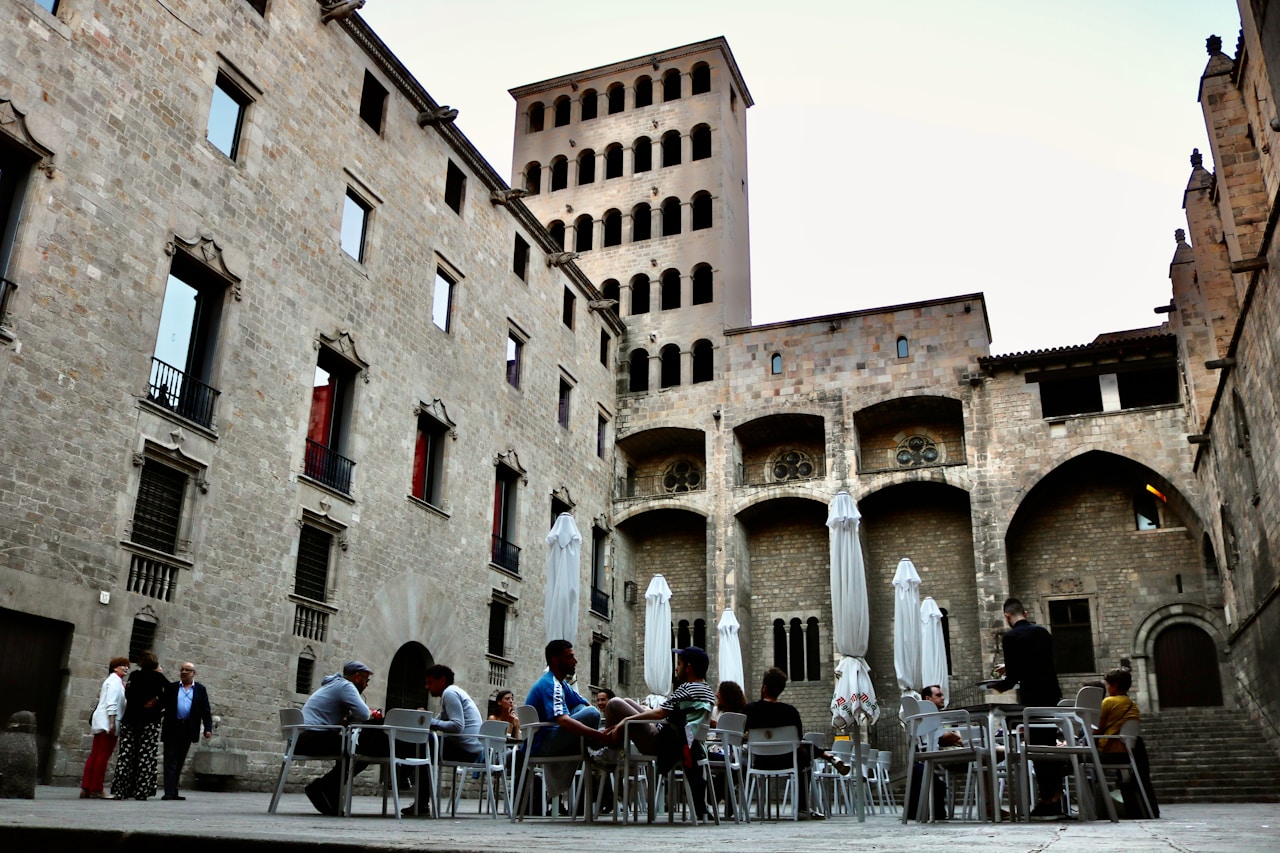
While guiding through Barcelona’s bustling restaurants and taxis, visitors often wonder about proper tipping etiquette in this Mediterranean metropolis.
Tipping in Barcelona isn’t mandatory, but locals appreciate these gestures of gratitude:
- Restaurants – Round up the bill or leave 5-10% for exceptional service
- Taxis – Simply round up to the nearest euro
- Tour guides – €5-10 per person shows appreciation without obligation
Spanish norms for politeness and table manners
Beyond the mechanics of tipping, understanding Spanish dining etiquette transforms a meal in Barcelona from merely satisfying to genuinely authentic.
Any Barcelona guide will tell you: Spaniards savor meals slowly!
Never rush through courses. Keep hands visible on the table, not in your lap. Address servers with “por favor” and “gracias,” and don’t expect them to hurry—dining here is meant to be leisurely and social.
Choosing the Best Time and Duration for Your Visit to Barcelona
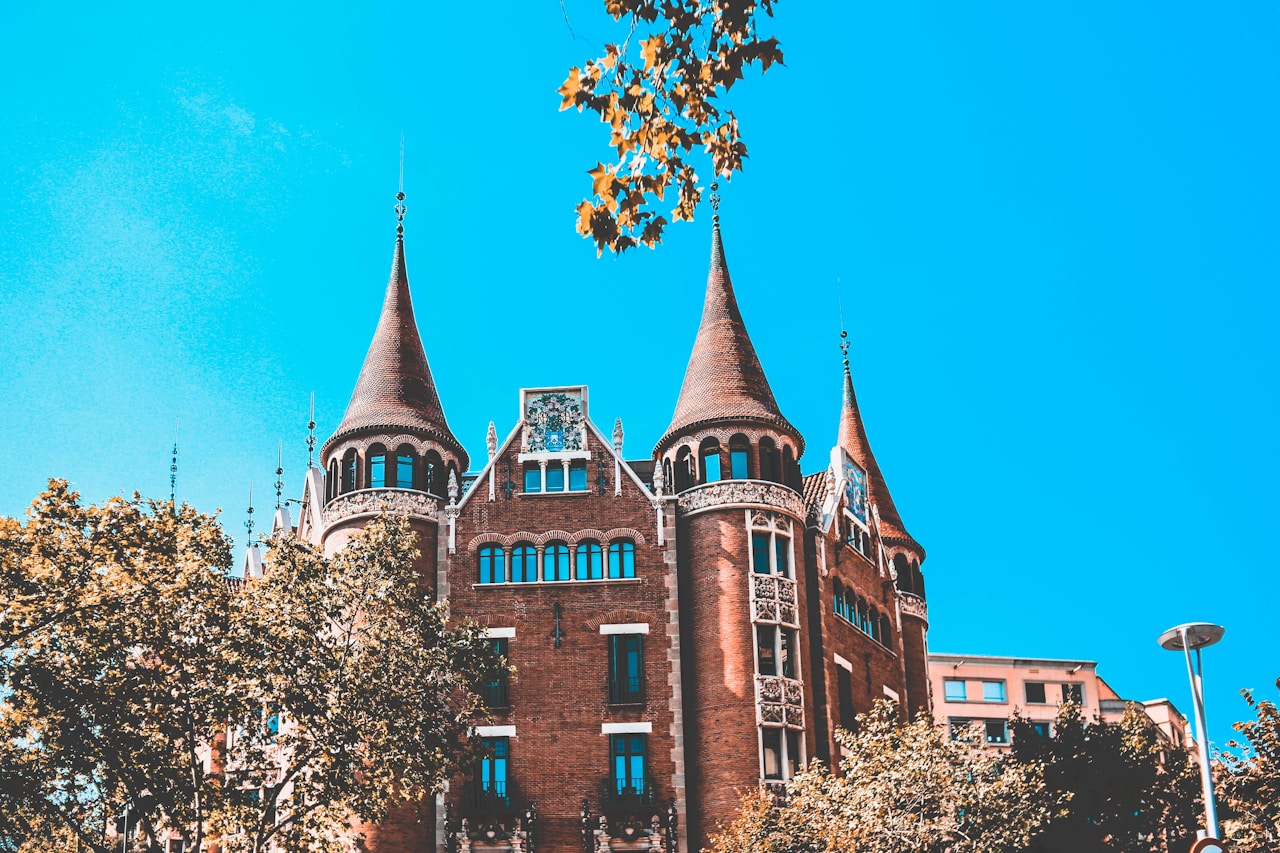
Barcelona transforms dramatically across seasons, with each period offering distinct experiences from sun-soaked Mediterranean summers to festive winter celebrations.
Spring (April-June) and fall (September-October) provide the ideal balance of comfortable temperatures and thinner crowds, though summer brings lively festivals like La Mercè despite the tourist influx.
While ambitious travelers can glimpse key attractions in three days, a five to seven-day itinerary allows visitors to absorb Barcelona’s rhythm, venture beyond tourist zones, and perhaps incorporate day trips to coastal gems like Sitges or mountain sanctuaries like Montserrat.
When Is the Best Time to Go to Barcelona for Weather and Events
Barcelona’s festival calendar bursts with color and energy, from the spectacular La Mercè in September to the magical Christmas markets of December. Each celebration dramatically affecting visitor numbers throughout the city.
Travelers seeking a more authentic experience might consider planning their visit during off-peak months like October or May, when temperatures remain pleasant but crowds thin considerably.
While summer months guarantee sunshine and bustling beaches, the trade-off comes with higher prices, longer queues, and the challenging Mediterranean heat that blankets the city!
Popular festivals and how they affect crowds
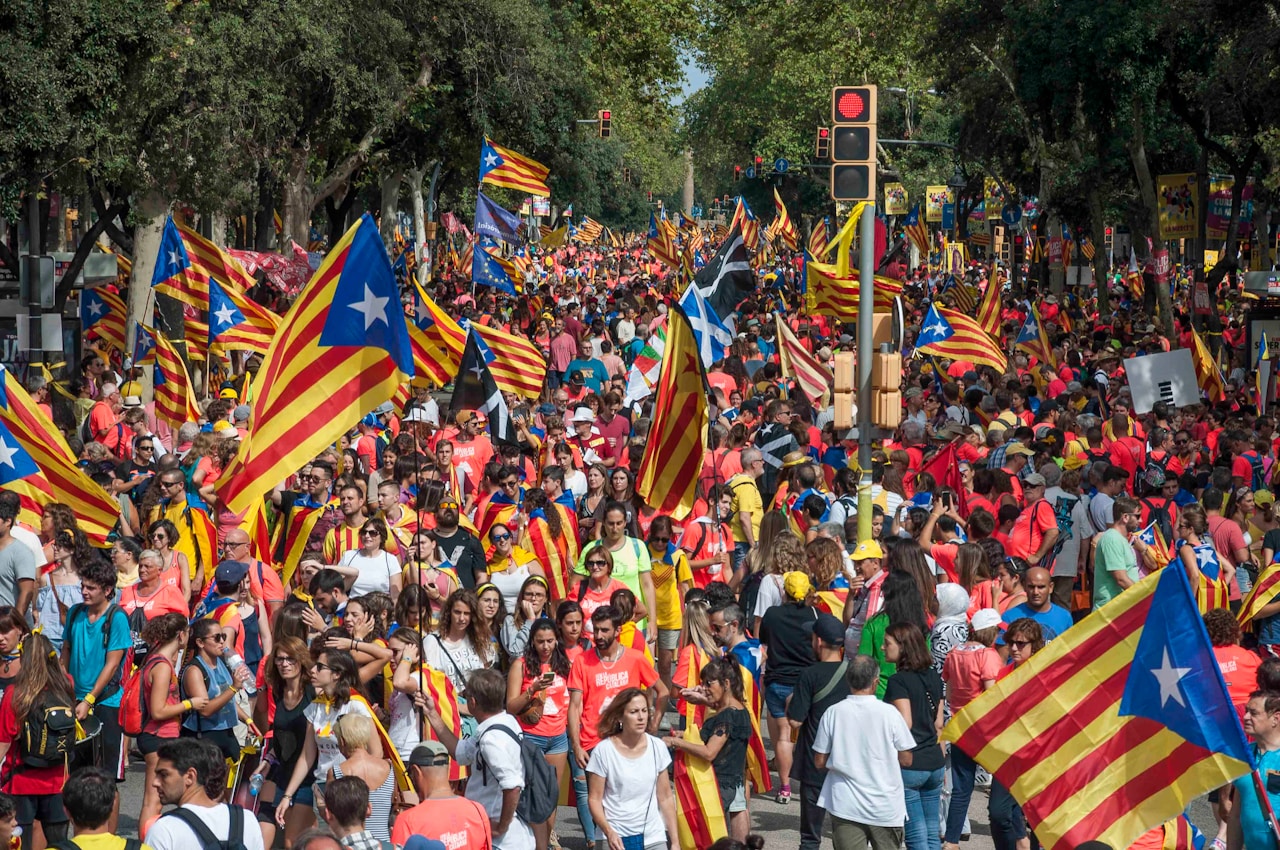
Three major festivals transform Barcelona into a whirlwind of cultural celebration, drawing massive crowds throughout the year.
When planning your Barcelona travel tips itinerary, prepare for these crowd-magnets:
- La Mercè (September) – The city’s largest festival releases fire-runs and human towers!
- Primavera Sound (June) – Music lovers flood the city for international acts.
- Sant Jordi (April) – Books and roses exchange hands in this romantic Catalan tradition.
Considering off-peak vs. peak travel periods
While these lively festivals offer unforgettable cultural immersion, timing your visit strategically can transform your entire Barcelona experience.
When is the best time to go to Barcelona? The sweet spot lies between April-June and September-November, when temperatures remain pleasant and tourist crowds thin out considerably.
You’ll enjoy shorter lines, better accommodation rates, and a more authentic glimpse of local life during these golden off-peak periods!
How Many Days Do I Need in Barcelona for a Full Experience
Visitors often wonder how long they should spend exploring Barcelona, a city that rewards both brief escapes and extended adventures.
For travelers with limited time, three to four days allows for experiencing the essential highlights—Sagrada Família, Gothic Quarter, and Park Güell.
Those seeking a deeper connection should consider a week-long stay, incorporating relaxed meals, neighborhood wandering, and beach time.
Adding side trips to Montserrat, Sitges, or the Costa Brava wine country requires at least an additional day each, transforming a city break into a rich regional exploration of Catalonia!
Suggestions for short vs. extended stays
When crafting the perfect Barcelona itinerary, determining the ideal length of stay becomes one of the most important decisions travelers face.
How many days do I need in Barcelona? It depends on what you’re seeking!
- Short stays (2-3 days) – Focus on Gothic Quarter, Sagrada Família, and Park Güell
- Medium visits (4-5 days) – Add beach time, museums, and day trips
- Extended explorations (7+ days) – Live like a local, discover hidden neighborhoods
How long to stay in Barcelona if planning side trips
Barcelona’s magnetic appeal extends far beyond its city limits, inviting travelers to contemplate nearby destinations that complement their Spanish adventure.
When planning excursions to Costa Brava‘s pristine beaches or Montserrat’s mystical mountains, savvy visitors extend their stay to 7-10 days.
The ideal formula? Three full days exploring Barcelona’s treasures, plus one additional day for each side trip!
Language, Culture, and Everyday Life in Barcelona
Barcelona’s unique cultural landscape features two official languages—Catalan and Spanish—creating a rich linguistic environment where street signs, menus, and everyday conversations often blend both tongues.
Getting around the city proves remarkably straightforward thanks to an efficient metro system, abundant buses, and pedestrian-friendly neighborhoods that invite exploration at your own pace.
The local rhythm embraces the Mediterranean lifestyle, with later dinner times (typically after 9pm), afternoon siestas in some establishments, and a rejuvenating unhurried approach to socializing that visitors quickly come to appreciate!
What Language Is Spoken in Barcelona Spain
Barcelona presents a fascinating linguistic landscape where both Spanish and Catalan languages flourish side by side, with Catalan being the official language of the region and a point of cultural pride for locals.
Visitors shouldn’t worry about language barriers though, as most Barcelona residents speak Spanish fluently, while many in tourism-related businesses communicate comfortably in English as well.
Learning a few basic phrases in Catalan—like “bon dia” (good morning) or “gràcies” (thank you)—will certainly earn you warm smiles from locals who appreciate tourists acknowledging their distinct cultural identity!
Differentiating between Spanish and Catalan
Confusion often arises for visitors when confronted with the linguistic duality that permeates the streets, signage, and conversations throughout Catalonia’s capital city.
While both Spanish and Catalan are spoken in Barcelona Spain, they differ in distinct ways:
- Pronunciation – Catalan uses unique sounds like the open “e” in “què”
- Vocabulary – Many everyday words vary completely between languages
- Grammar – Catalan drops final “o” sounds present in Spanish
Tips for basic greetings and local phrases
How can travelers better connect with locals if not through mastering a few essential phrases in the native tongues?
During barcelona travel, start conversations with “Bon dia” (good morning) or “Hola” (hello).
Locals appreciate visitors who attempt Catalan expressions like “Gràcies” (thank you) and “Si us plau” (please), even if pronunciation isn’t perfect!
Getting Around and Local Pace of Life
Barcelona ranks among Europe’s most pedestrian-friendly cities, with its compact neighborhoods and wide avenues making exploration on foot both pleasant and practical.
For longer journeys, tourists can rely on the city’s extensive public transportation network, including the efficient metro system that connects major attractions with remarkable ease.
The relaxed Mediterranean pace of life means no one rushes through meals or errands, allowing visitors to seamlessly adapt to the locals’ unhurried approach to daily activities.
Is Barcelona a Walkable City for tourists
When it comes to exploring European cities on foot, few destinations rival the pedestrian-friendly layout of Spain’s Catalonian capital.
Barcelona is genuinely a walkable city, designed with meandering pedestrians in mind.
- The Gothic Quarter’s narrow medieval streets create an intimate labyrinth perfect for discovery.
- La Rambla provides a central corridor connecting major attractions.
- The grid-pattern Eixample neighborhood offers wide sidewalks and manageable city blocks.
Using public transport to navigate effortlessly
While exploring on foot offers an intimate view of Barcelona’s charm, the city’s exceptional public transportation system extends a visitor’s reach to every corner of this lively metropolis.
The integrated network of metro, buses, and trams provides Barcelona tourists with affordable, efficient options.
Purchase a T-Casual card for multiple journeys, offering tremendous value as you zip between Gothic cathedrals and sun-drenched beaches!
Budgeting, Accommodation, and Practical Tips When Traveling to Barcelona
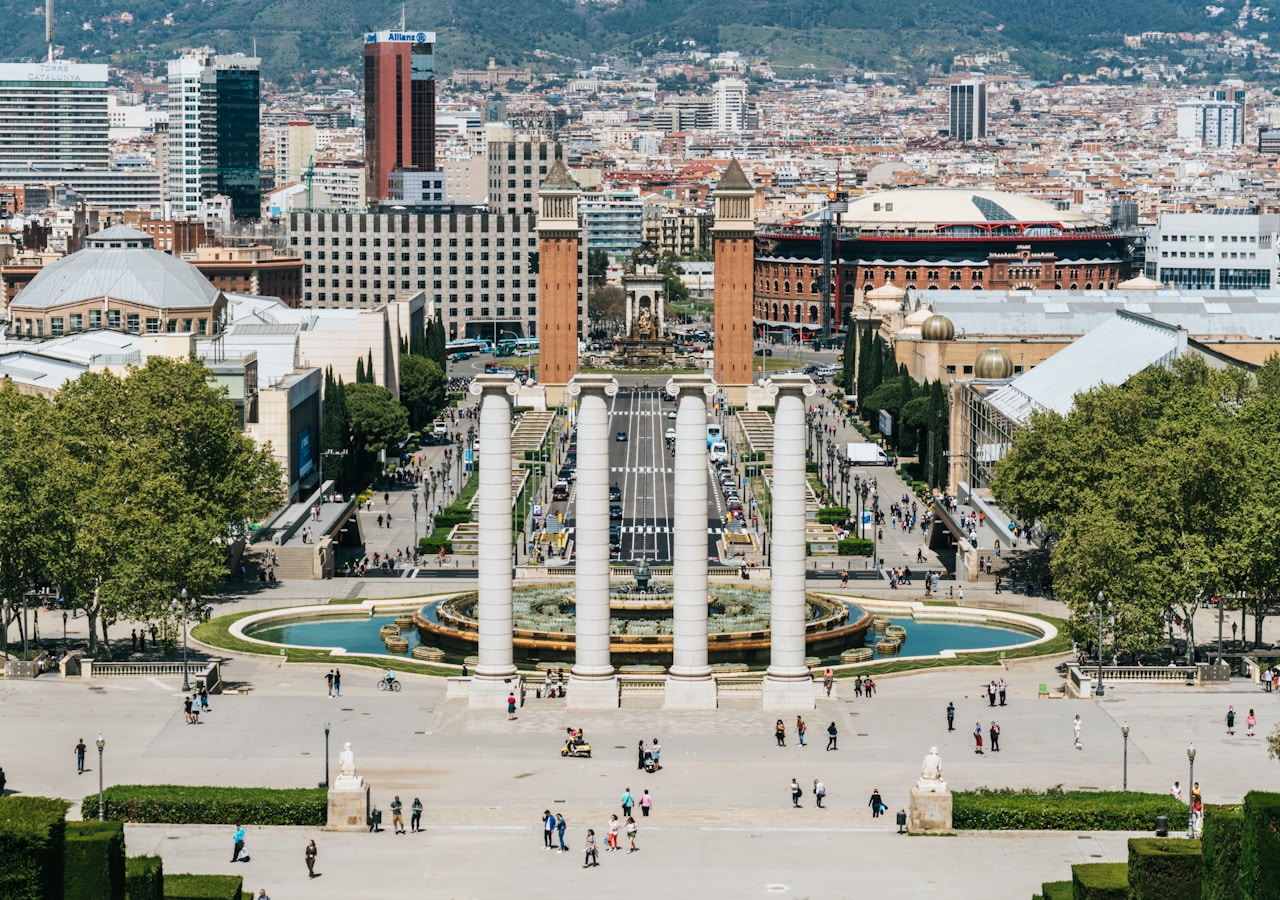
Barcelona offers excellent value for travelers across budget levels, from luxury seekers to backpackers watching every euro.
Visitors should book accommodations well in advance, especially during summer months when prices surge and availability plummets throughout the city’s diverse neighborhoods.
Safety-wise, Barcelona maintains a welcoming environment for tourists, though standard urban precautions apply—particularly regarding pickpockets in crowded tourist areas like La Rambla and Barceloneta Beach.
Is Barcelona Spain Safe for Different Budgets
Barcelona offers accommodations for every wallet size, from budget-friendly hostels starting at €20 per night to mid-range hotels averaging €100-150 and luxury options exceeding €300.
Travelers can stretch their euros by booking flights 2-3 months in advance through price comparison sites like Skyscanner or by utilizing airline flash sales that frequently feature Barcelona as a destination.
For those hunting bargains on lodging, neighborhoods like Poblenou and Gràcia typically offer better value than the Gothic Quarter, while apartment rental platforms can provide significant savings for longer stays or group travel!
Price ranges for lodging, dining, and daily expenses
Many travelers wonder about the cost of visiting Spain’s coastal jewel, and understanding Barcelona’s price ranges is essential for planning a successful trip.
One of the best barcelona tips is knowing what to expect financially.
- Accommodation: €50-200/night depending on neighborhood and luxury level
- Dining: €15-40 per meal with budget tapas options around €5-10
- Daily Expenses: €30-100 for attractions, transportation, and spontaneous adventures
Where to find deals on flights and accommodations
Now that you understand the typical costs, finding bargains on transportation and lodging can stretch your budget even further!
Savvy travelers book Barcelona vacation packages through aggregators like Skyscanner, Kayak, and Hopper, especially during shoulder seasons (May and September).
For accommodations, explore options beyond the tourist zones—neighborhoods like Gràcia and Poblenou offer authentic charm at lower prices!
Travel to Barcelona and Booking Advice
Smart travelers typically finalize their Barcelona trip plans 3-4 months in advance to snag the best flight deals and accommodation options.
Tourism peaks during summer months (June-August), so booking in shoulder seasons (April-May or September-October) can yield significant savings while still enjoying Barcelona’s gorgeous weather.
Keep an eye on airline newsletters, travel aggregator sites, and Barcelona tourism board announcements for flash sales and special promotions that might include discounted attraction passes or hotel packages!
When to finalize plans for your Barcelona trip
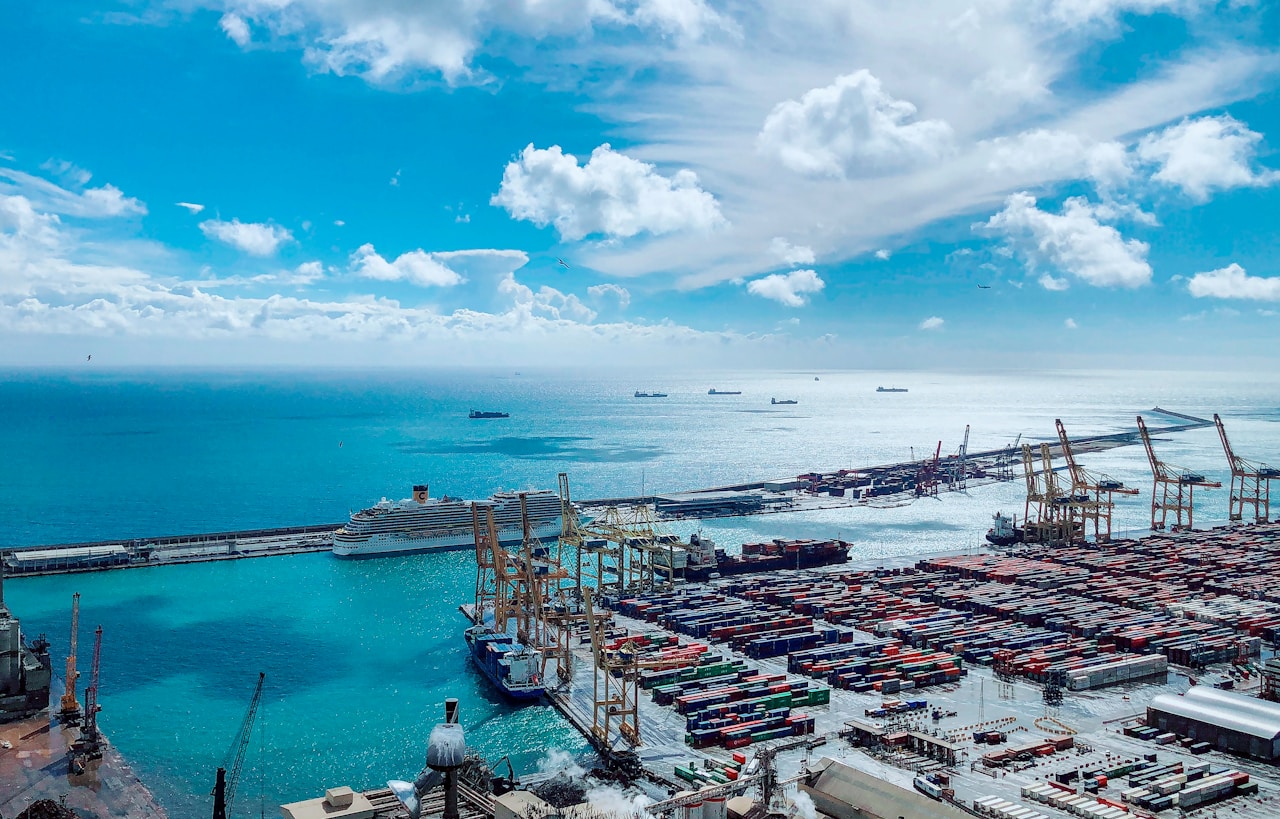
When should travelers finalize their Barcelona adventure? Securing plans for how many days needed in Barcelona (ideally 4-7) depends on several factors that savvy explorers should consider.
- Book flights 3-6 months ahead for best prices
- Reserve popular accommodations 2-3 months in advance
- Schedule high-demand attractions like Sagrada Familia at least 2 weeks before arrival
Checking for Barcelona travel deals or promotions
Savvy travelers seeking to maximize their Barcelona experience without draining their bank accounts should familiarize themselves with the city’s wealth of available deals and promotions.
Booking a trip to Barcelona, Spain during shoulder seasons (May, June, September) often yields significant savings.
Don’t overlook tourism cards that bundle attractions, transportation bundles offering unlimited metro access, or free museum days—typically the first Sunday each month!
Key Landmarks and Cultural Highlights in Barcelona
Barcelona showcases a treasure trove of architectural marvels and cultural landmarks that visitors simply cannot miss, from Gaudí’s fantastical Sagrada Familia to the historic Gothic Quarter with its labyrinthine streets.
Many travelers are surprised to learn that, contrary to popular misconception, Barcelona was never actually the capital of Spain—Madrid has held that distinction since 1561, while Barcelona remains the proud capital of the Catalonia region.
The city’s rich cultural landscape tells a story of proud regional identity, artistic innovation, and centuries of fascinating history that unfolds around every corner!
Must-See Places During Your Barcelona Vacation
Barcelona’s iconic Gaudí masterpieces, particularly the soaring spires of the Sagrada Família and the whimsical mosaic wonderland of Park Güell, stand as essential stops on any visitor’s itinerary.
These architectural marvels, with their organic forms and innovative structural techniques, showcase Antoni Gaudí’s unprecedented vision that continues to captivate millions of international visitors annually.
Tourists flock to these UNESCO World Heritage sites not only to photograph their extraordinary facades but to experience firsthand the revolutionary fusion of nature, religion, and creativity that makes Barcelona’s cultural landscape truly unique!
Gaudí architecture (Sagrada Família, Park Güell) and city highlights
When exploring the lively heart of Catalonia, no architectural legacy captivates visitors quite like Antoni Gaudí’s otherworldly creations that punctuate the cityscape.
Any Barcelona trip must include:
- The soaring Sagrada Família, where light dances through stained glass like liquid rainbows
- Whimsical Park Güell, offering panoramic city views and mosaic masterpieces
- Casa Batlló’s dreamlike façade, resembling bones and underwater creatures
Why these spots attract visitors from around the globe
Throughout every season, these iconic landmarks draw millions of international travelers who stand mesmerized before Gaudí’s architectural genius.
What makes Barcelona’s treasures so compelling is their perfect fusion of artistic innovation and cultural heritage—uniquely Catalan yet universally enthralling.
Visitors wondering why visit Barcelona need seek no further than these masterpieces where history, faith, and artistic revolution converge in an experience impossible to replicate elsewhere.
Learning About What Was the Capital of Spain Before Barcelona
Many travelers are surprised to learn that Barcelona has never actually been Spain’s capital city!
Madrid has served as the nation’s official capital since 1561, when Philip II moved the royal court there from Toledo, which had been the previous capital.
While Barcelona stands as the proud capital of Catalonia and a cultural powerhouse in its own right, understanding Spain’s historical capitals adds fascinating context to your exploration of this magnificent country.
Brief historical note on Spain’s capitals
While Barcelona shines as Catalonia’s magnificent capital today, it has never actually served as Spain’s official capital city!
Spain’s governmental heart has evolved throughout its rich history, reflecting the nation’s journey toward self-determination.
Before Madrid claimed the crown in 1561, these cities served as Spain’s administrative centers:
- Toledo – The Visigothic capital and medieval power center
- Valladolid – Brief capital under Philip III (1601-1606)
- Seville – De facto capital during Spain’s Golden Age
The significance of Madrid vs. Barcelona’s roles
Why do Madrid and Barcelona often feel like siblings engaged in centuries-old rivalry? When visiting Barcelona, travelers witness the Catalan capital’s fierce pride and distinct identity.
Meanwhile, Madrid embodies Spain’s centralized power as the official capital.
| Aspect | Madrid | Barcelona |
|---|---|---|
| Status | Political capital | Cultural powerhouse |
| Vibe | Traditional Spain | Mediterranean fusion |
| Identity | Castilian heritage | Catalan autonomy |
Local Insights and Bonus Tips When Traveling to Barcelona
Beyond the postcard-perfect landmarks, Barcelona reveals its authentic soul through lesser-known neighborhoods, local rituals, and insider secrets.
Savvy travelers can escape the tourist crowds by exploring the charming streets of Gràcia or sampling vermouth in traditional bodegas during the Sunday afternoon “vermuteo” tradition.
For a truly seamless Barcelona experience, visitors should master a few Catalan phrases, embrace the late dining schedule, and always keep an eye on personal belongings while traversing this lively Mediterranean gem!
Barcelona Guide for Non-Touristy Experiences
While tourists flock to La Rambla, savvy travelers venture to neighborhoods like Gràcia, Poblenou, and El Born for authentic Barcelona experiences without the crowds.
Barcelona’s true culinary soul resides in family-run establishments tucked away on side streets, where traditional Catalan dishes like fideuà and calçots delight locals year-round.
For genuine flavors that won’t break the bank, check out bustling markets such as Mercat de Sant Antoni or Mercat de la Llibertat, where you can sample seasonal specialties while mingling with neighborhood residents going about their daily shopping routines.
Finding hidden gems in local neighborhoods
To truly experience Barcelona like a local, savvy travelers must venture beyond the Ramblas and Sagrada Família into the city’s character-rich neighborhoods where authentic Catalan life thrives.
- Poblenou’s post-industrial streets buzz with cutting-edge art spaces and craft beer bars—perfect for travelers seeking Barcelona’s creative pulse.
- Gracia’s sun-dappled plazas host impromptu guitar sessions where locals gather nightly.
- Sant Antoni’s Sunday book market reveals literary treasures amid vermouth-sipping Catalans.
Where to go for authentic Catalan cuisine
Although Barcelona’s iconic restaurants grace travel magazine covers, the city’s authentic Catalan cuisine hides in humble establishments where locals gather to share traditions passed through generations.
For genuine flavors beyond Barcelona tourism hotspots, venture to Gràcia’s family-run taverns or the seaside Barceloneta eateries where fishermen’s catches become spectacular suquet de peix stews.
El Born’s market bars offer tapas heaven!
Barcelona Tips for a Smooth Trip
Exploring Barcelona should be a carefree experience, but savvy travelers prepare for potential challenges like pickpockets in crowded areas and tourist-trap restaurants with inflated prices.
Newcomers benefit from downloading essential apps like TMB for public transportation navigation and Google Translate for quick phrase translations when Spanish basics don’t suffice.
Equipping yourself with local knowledge—such as knowing that legitimate taxis are black and yellow, or that dinner rarely starts before 9pm—transforms a potentially overwhelming visit into a seamless adventure through this magnificent Catalan capital.
Handling pickpockets, tourist traps, or language barriers
Awareness serves as a traveler’s best defense in Barcelona, a city known for its stunning architecture and equally notorious pickpocketing scene.
Is Barcelona Spain safe? Absolutely, when you follow these essential precautions:
- Keep belongings secure in front-facing, zippered bags
- Avoid Las Ramblas restaurants with pushy hosts and picture menus
- Learn basic Catalan phrases—locals appreciate the effort!
Apps and resources that simplify your vacation in Barcelona
While traversing Barcelona’s charming streets becomes infinitely easier with the right digital tools, savvy travelers know that downloading a few key apps before departure can transform their experience.
A vacation in Barcelona reveals its full potential when digital assistance meets adventurous spirit!
| App Category | Essential Options | Function |
|---|---|---|
| Transportation | TMB App, Cabify | Navigate public transit, hail rides |
| Language | Google Translate, SpanishDict | Break communication barriers |
| Experience | Barcelona Official Guide, ForeverBarcelona | Uncover hidden gems |
Wrapping Up
Barcelona welcomes over 32 million visitors annually, making it one of Europe’s most beloved destinations.
From steering through the late-dining culture to mastering basic Catalan phrases, travelers who approach Barcelona with cultural awareness enjoy a richer experience.
Beyond Gaudí’s masterpieces and bustling Las Ramblas lies the authentic heart of Catalonia—waiting to be discovered by those willing to venture beyond the guidebook highlights.

